根据东京咨询公司RTS Corp的一份最新报告,到2030年,日本的累计光伏装机容量可能达到150吉瓦。
2018年底时,日本的总装机容量大约为55.5吉瓦。RTS认为,日本政府的目标是在未来十年内实现约100吉瓦的增长,最终每年可提供约150太瓦时的电力,占全国总电量需求的15%。
RTS表示,正常情况下,日本的年新增装机容量为4-6吉瓦。按这一速度到2030年,全国的累计装机容量可能达到121GW。而在加速增长的情景下,日本至2020年底的总装机容量将达到70吉瓦,到2030年将达153吉瓦。
住宅和小型商用光伏的部署也将受益于大型工商部门新项目的“稳定增长”。 RTS预计在未来11年内,一些新型业务领域的电力需求——其中包括电动汽车、制氢和农业部门——将会带来高达10吉瓦的新增太阳能容量。相比之下,住宅和小型商业电力需求将有助于约80吉瓦的部署,而大型工业和商业部门的电力需求将带来60吉瓦并网光伏容量的部署。
公用事业规模光伏项目的部署将继续下降,这些项目在日本FIT制度的鼎盛时期曾占据了主导地位。RTS预计从2020年起,50千瓦以下的光伏系统将占大部分。对低于10千瓦的住宅屋顶光伏阵列的需求已经在“稳步增长”,而未来几年内,10-50千瓦设施 “将与住宅设施一起形成一个主要市场”。
去年7月,日本内阁通过了该国的第五个战略能源规划。在这一规划中,可再生能源将占全国总电力供应的22%-24%。
根据RTS的数据,日本目前的总电力需求量为927.8太瓦时。RTS预计到2030年,制造业供电量的10% (约60吉瓦)将来自光伏。住宅领域的太阳能发电量将达80吉瓦,约占家庭总电力需求的20%,而农业用电中有10吉瓦来自太阳能。
This content is protected by copyright and may not be reused. If you want to cooperate with us and would like to reuse some of our content, please contact: editors@pv-magazine.com.
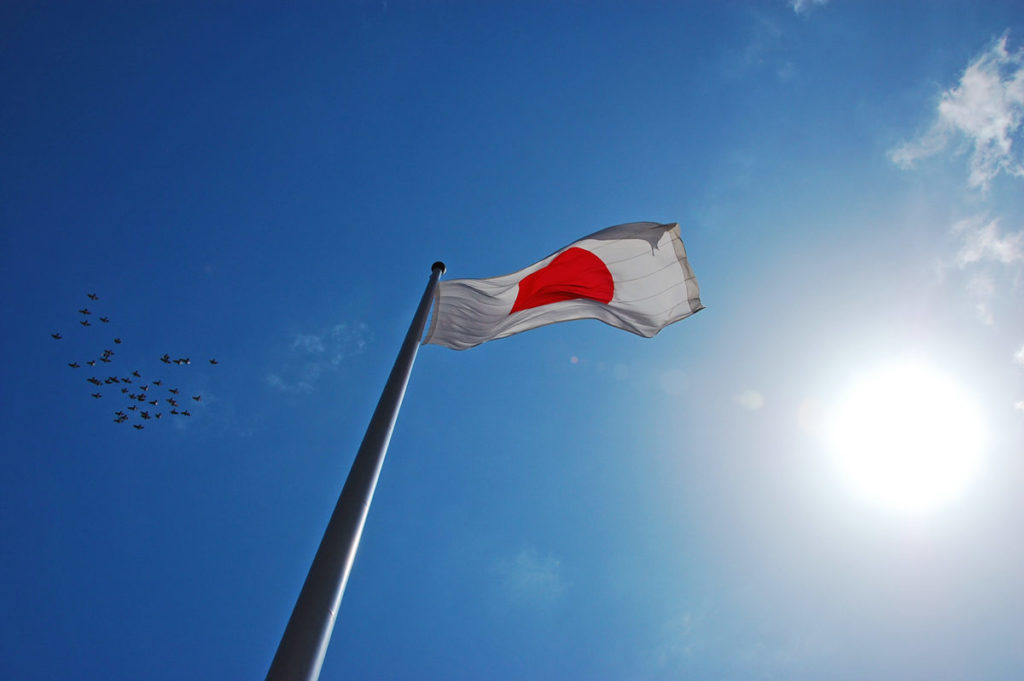


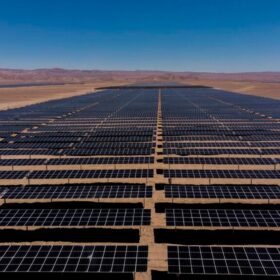

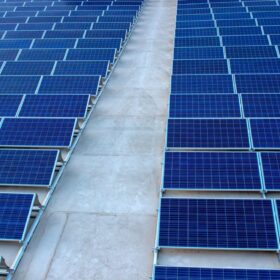
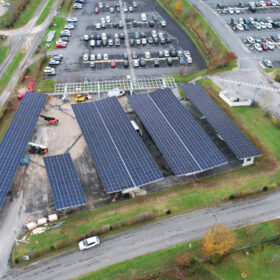
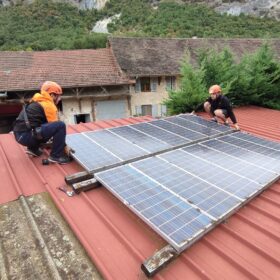
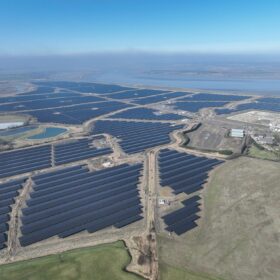

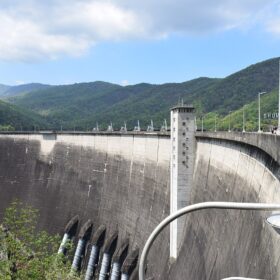


By submitting this form you agree to pv magazine using your data for the purposes of publishing your comment.
Your personal data will only be disclosed or otherwise transmitted to third parties for the purposes of spam filtering or if this is necessary for technical maintenance of the website. Any other transfer to third parties will not take place unless this is justified on the basis of applicable data protection regulations or if pv magazine is legally obliged to do so.
You may revoke this consent at any time with effect for the future, in which case your personal data will be deleted immediately. Otherwise, your data will be deleted if pv magazine has processed your request or the purpose of data storage is fulfilled.
Further information on data privacy can be found in our Data Protection Policy.